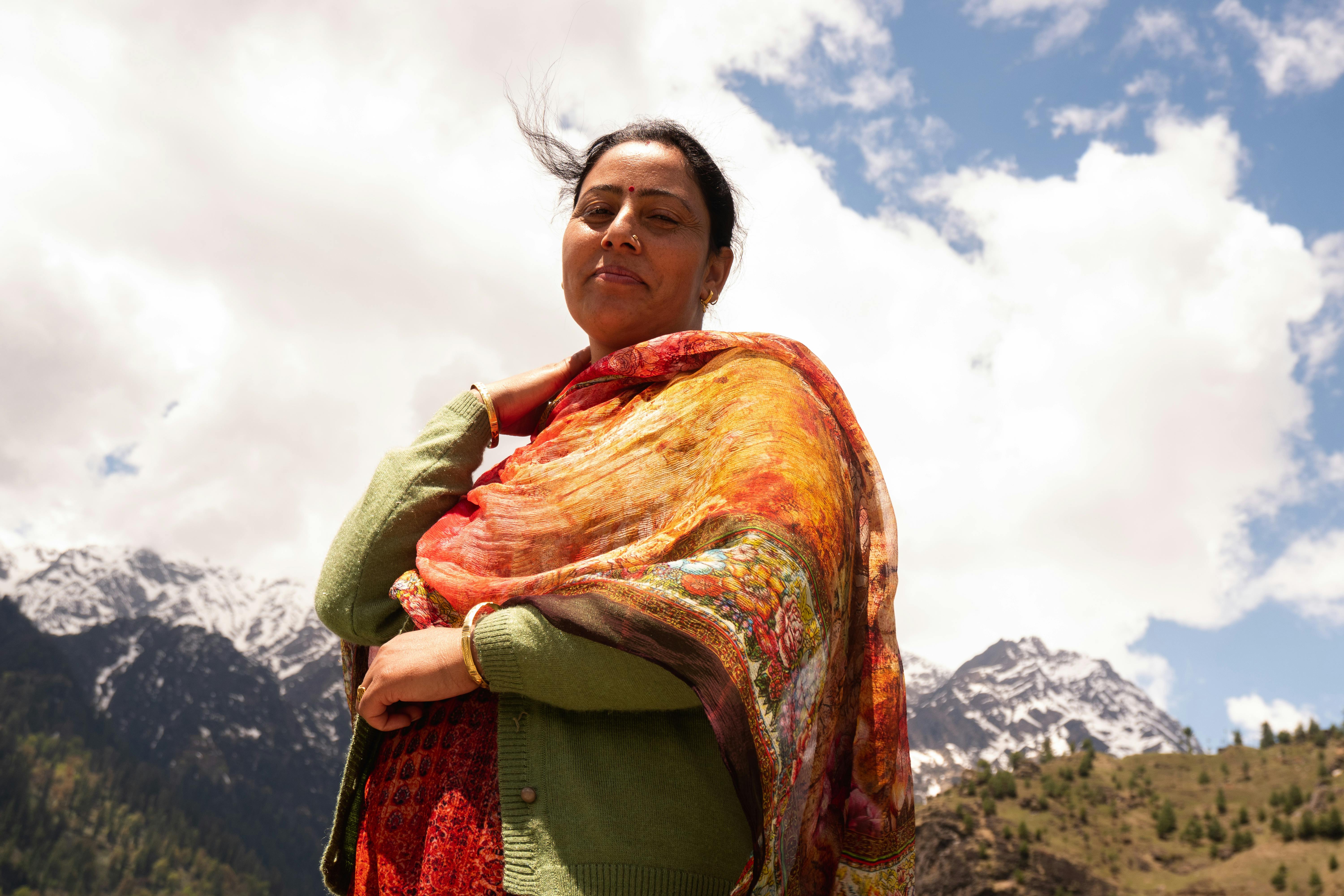
Originating in India thousands of years ago, Ayurvedic medicine is a healing approach stemming from the belief that healing and medicinal qualities exist in everything plant, animal, or mineral. Those familiar with Ayurvedic medicine generally explain that the concept behind this ideal is that treatments must balance the mind, body, and spirit in order to achieve good health or improve an ailment. These healing efforts can be used alone or simultaneously with actions that are considered more conventional medical treatments.
The word “Ayurveda” is based on Sanskrit words. “Ayur” translates to “life” and “veda” translates to “science”. This “science of life” is still practiced today and is often referenced to two ancient books believed to originate 2000 years ago. The “Sushruta Samhita” and the “Caraka Samhita” are generally considered the texts behind this medicinal theory.
The fundamental principles of these ancient documents convey that everyone has three doshas (vata, pitta and kapha) and diseases are much more likely to affect people when the doshas are out of balance. Because each dosha has a particular relationship to a part of the body, paying attention to symptoms and the associated dosha can help improve health. Old age, exposure to toxins, and any number of environmental influences can cause dosha misalignment.
It is estimated that about 80% of people in India use Ayurvedic medicine methods alone or in combination with Western medical approaches.
So how does this practice of medicine work? Most of the time, Ayurveda involves adding herbal compounds to the diet, but may also include incorporating massage, special dietary restrictions, or other internal cleansing practices into daily life. Exercise, sun exposure, getting more fresh air are just some of the easiest procedures to implement. Fish therapies, massage and oil bath combinations, nasal cleansing (Nasya) therapy, and other more invasive techniques are also options that can be discussed as treatment possibilities with medical professionals familiar with this endeavor.
Apparently Ayurvedic spas have recently become popular as more people become aware and comfortable considering more natural ways of treating ailments. Ayurvedic facials, for example, may include acupressure points and scalp massages along with specific herbal steam treatments such as psoriasis or acne treatment. Consuming certain teas, eating only certain fruits, and/or trying meditation or yoga exercises may be other parts of the same therapy program.
Of course, both conventional medical approaches and Ayurvedic herbal remedies can cause side effects and complications for the people who use them. All patients should consult with a personal healthcare professional to discuss risks, recent study results, and other relevant health information so that they can make informed decisions regarding whether incorporating Ayurvedic treatment plans is a good option for them. the circumstances of an individual.